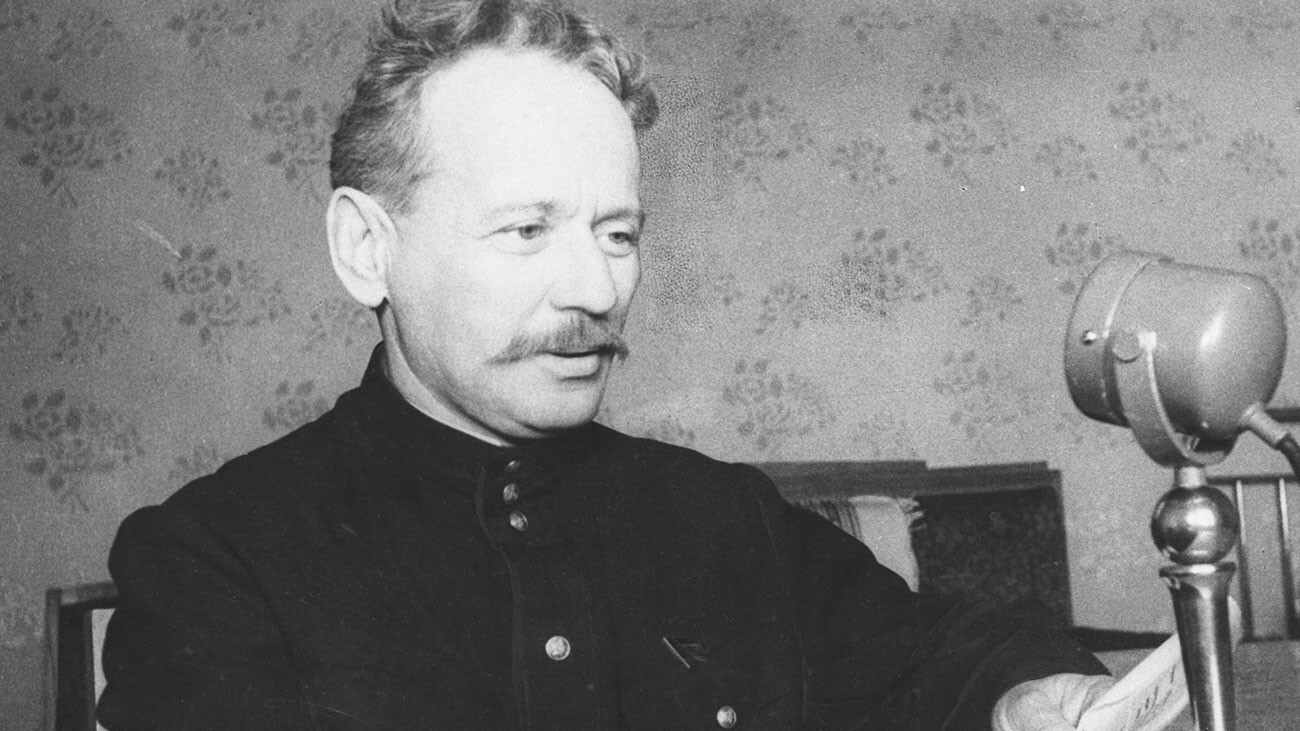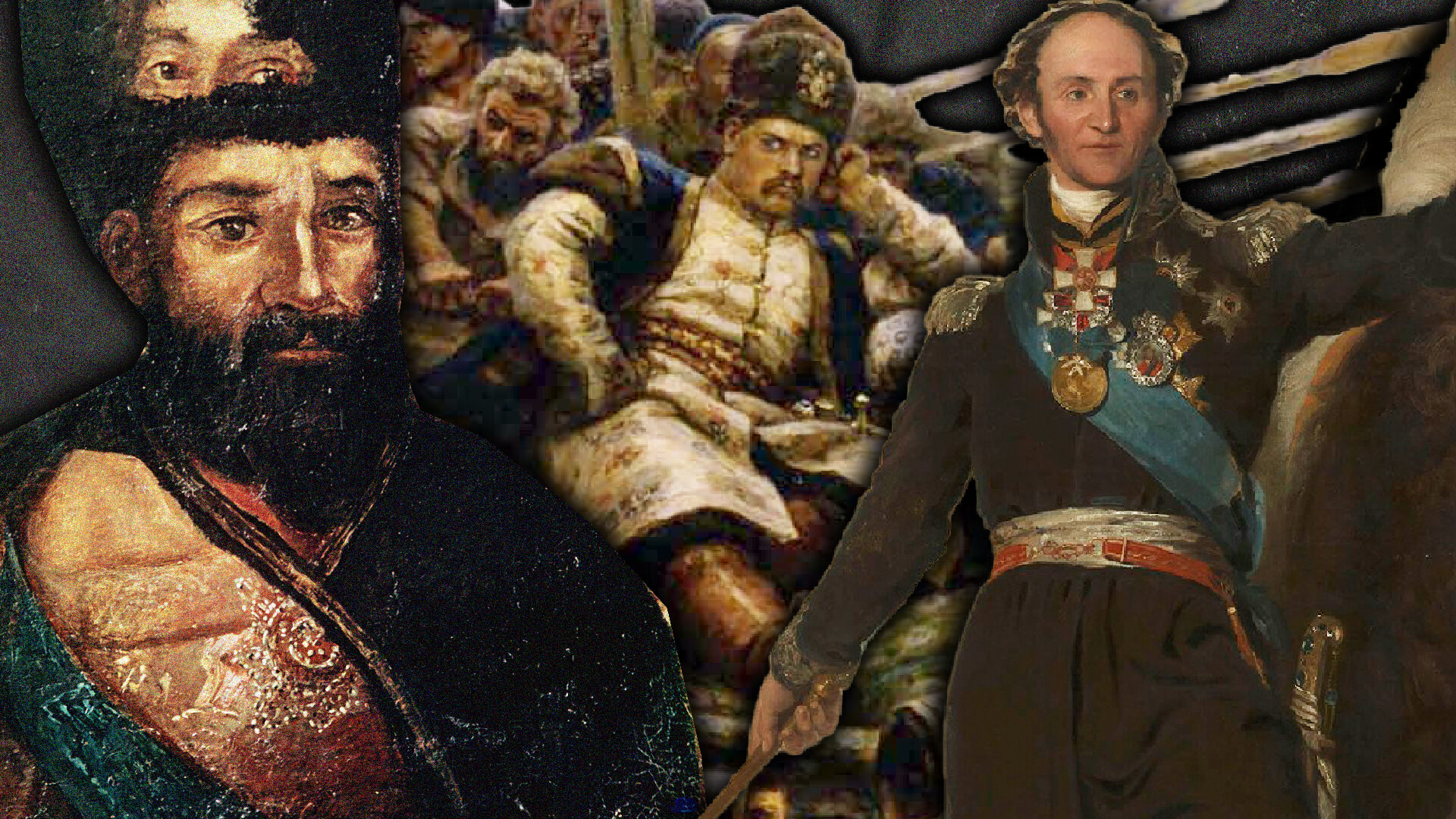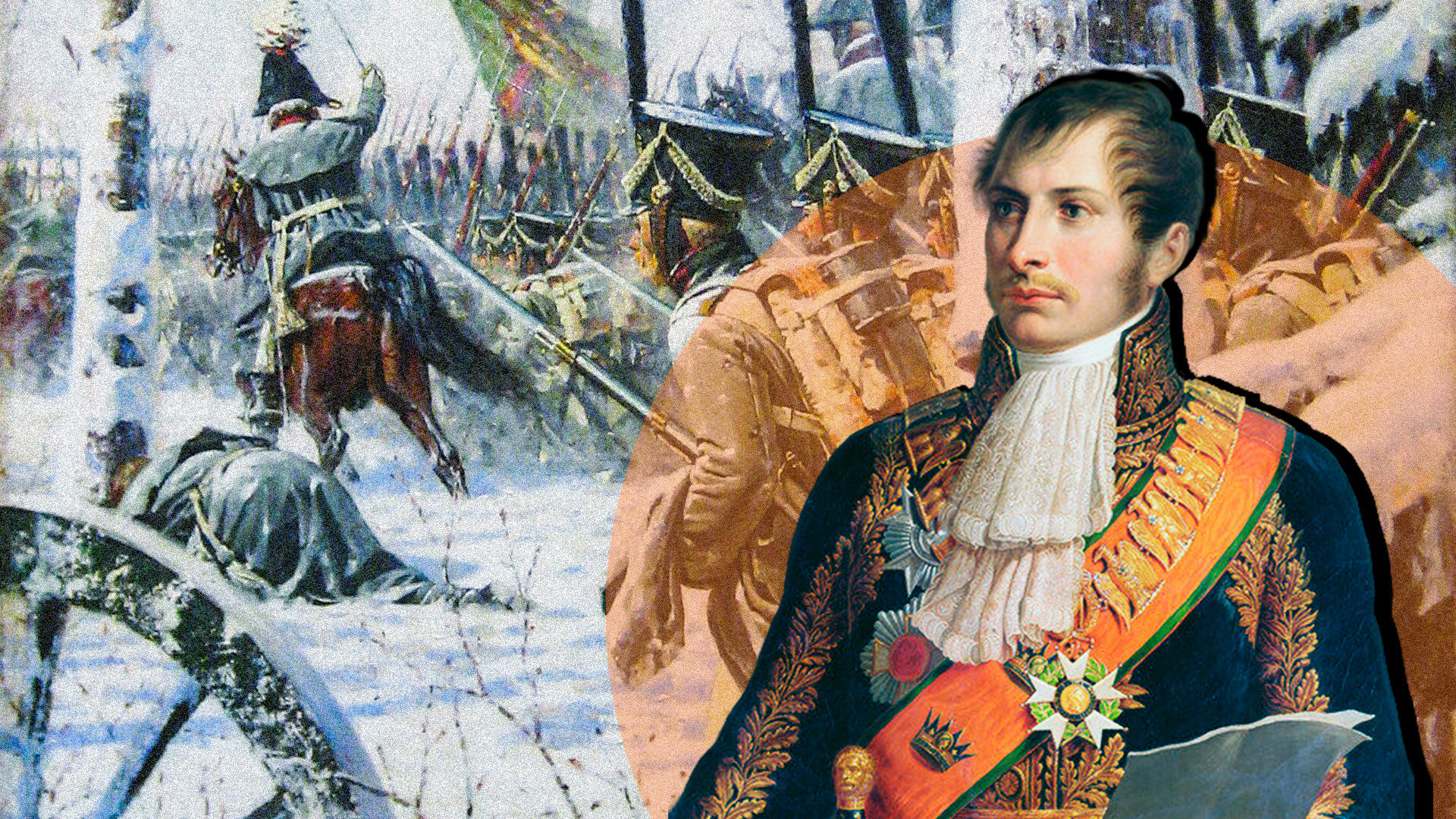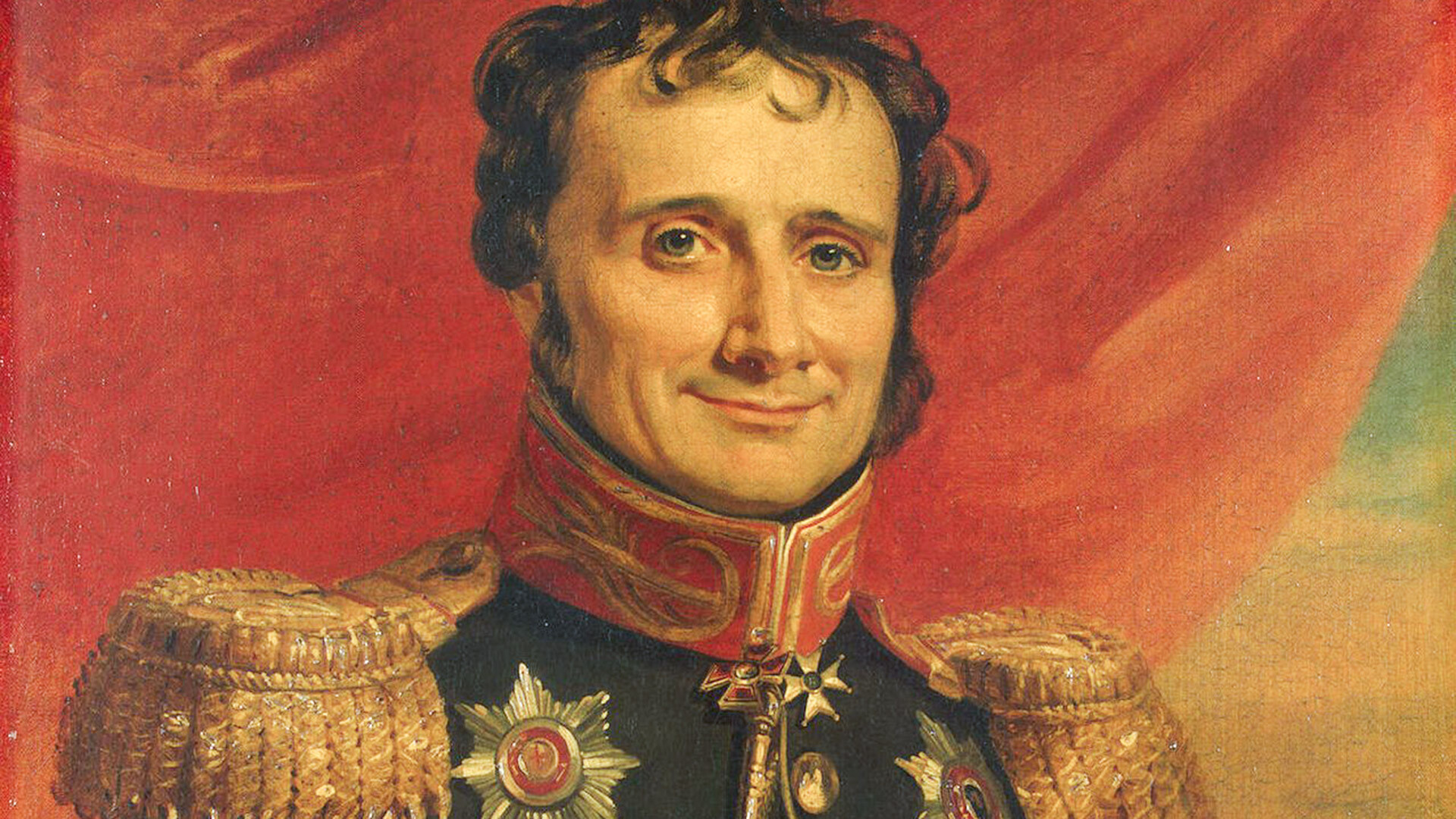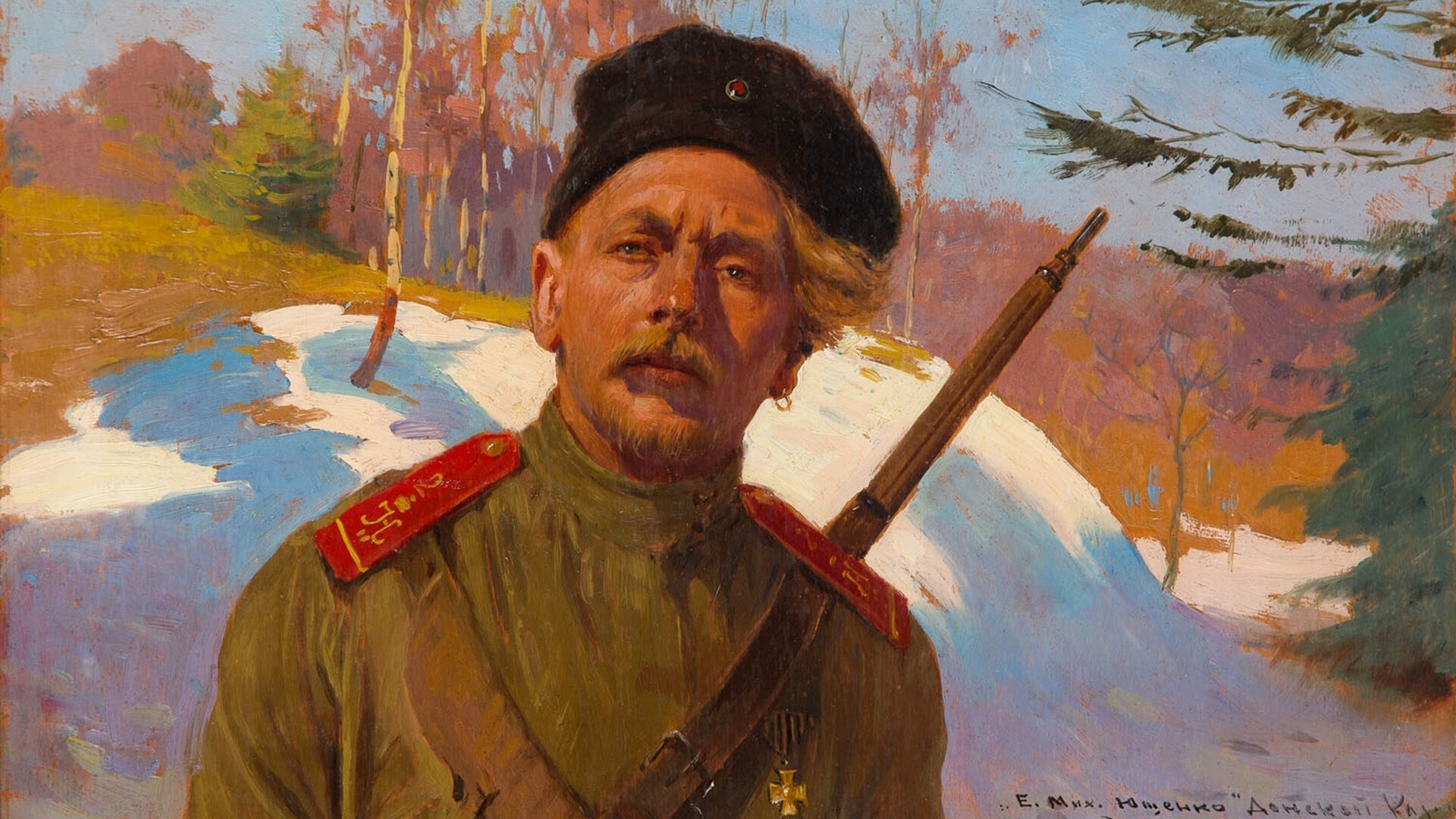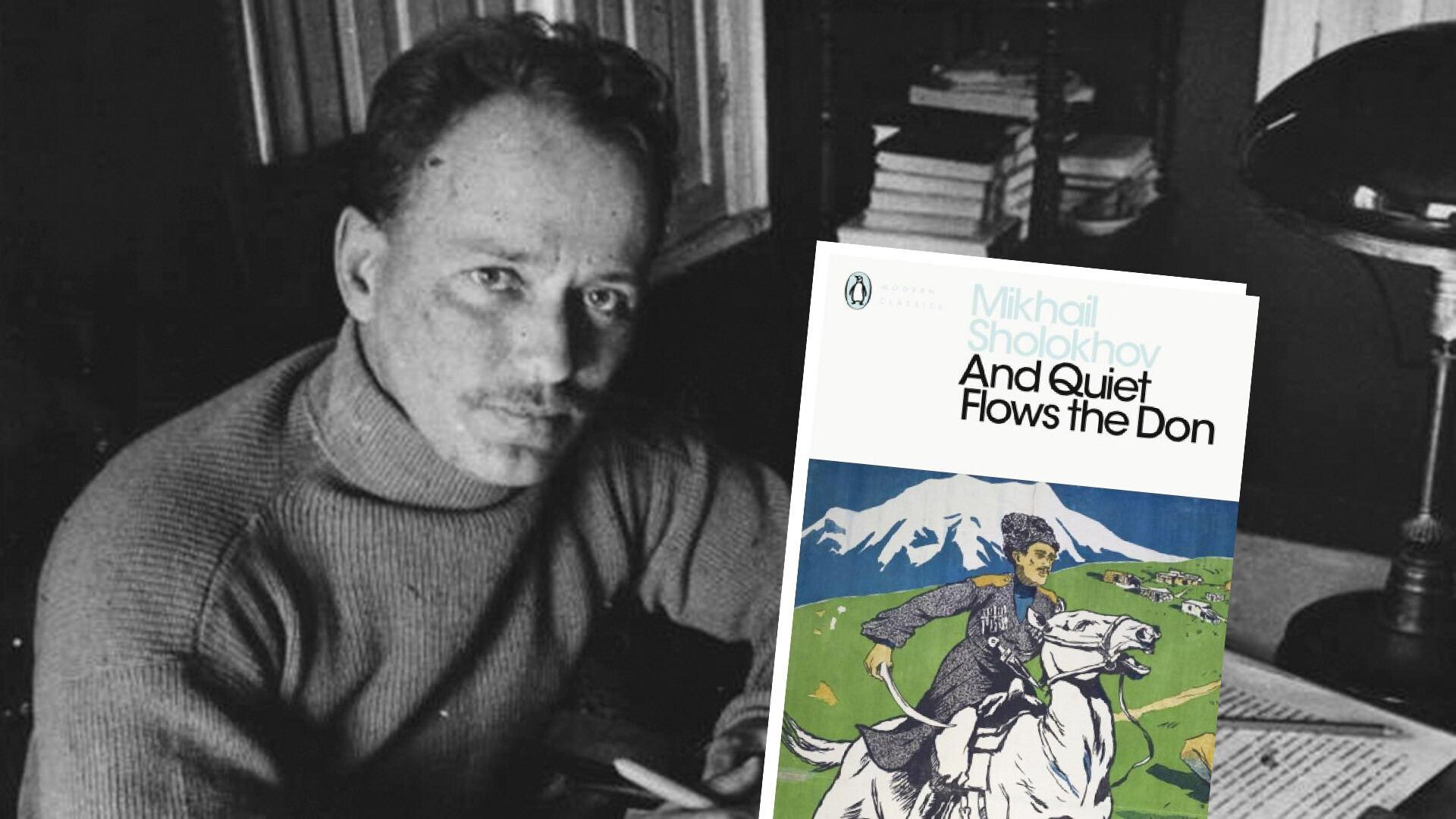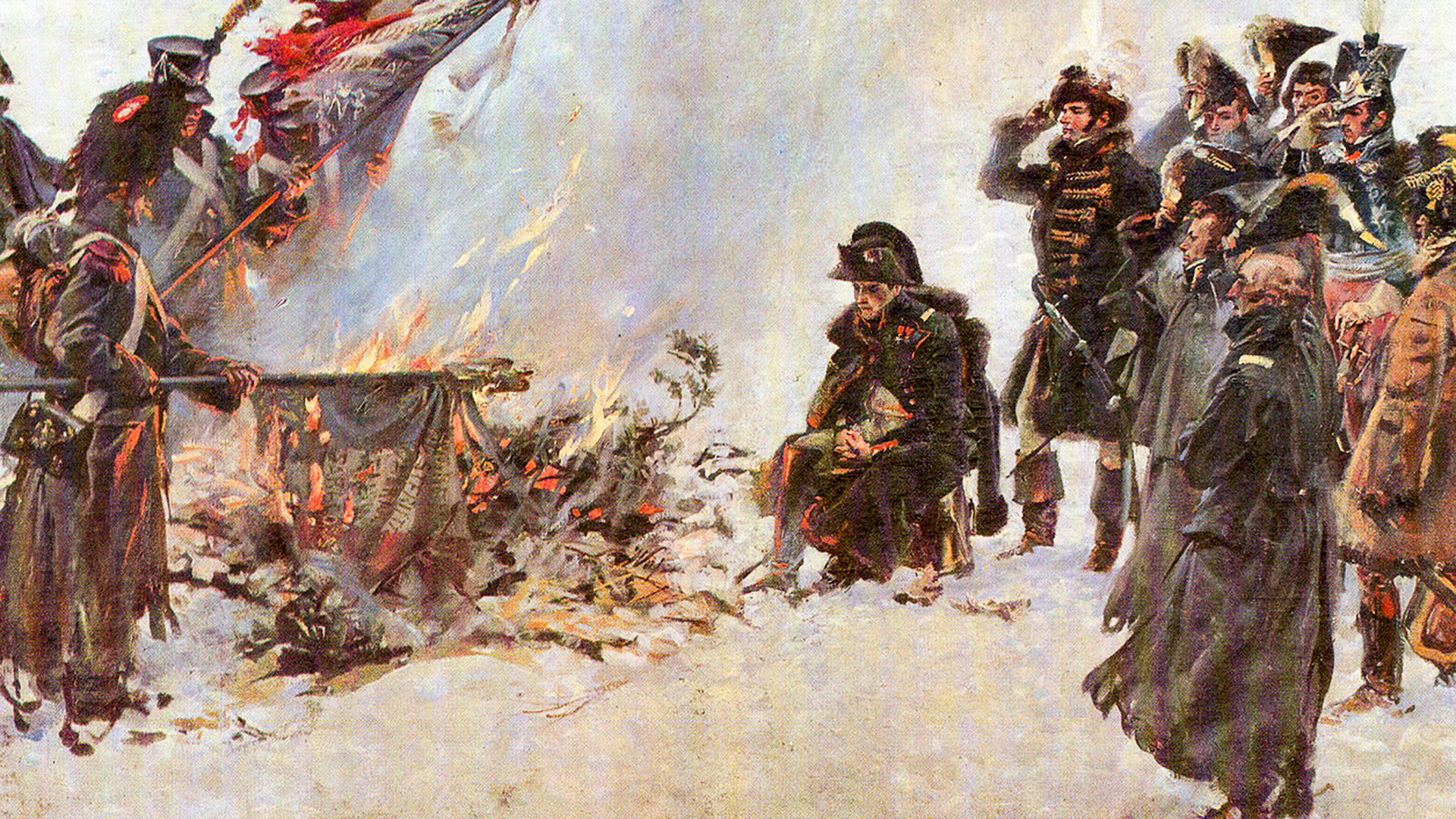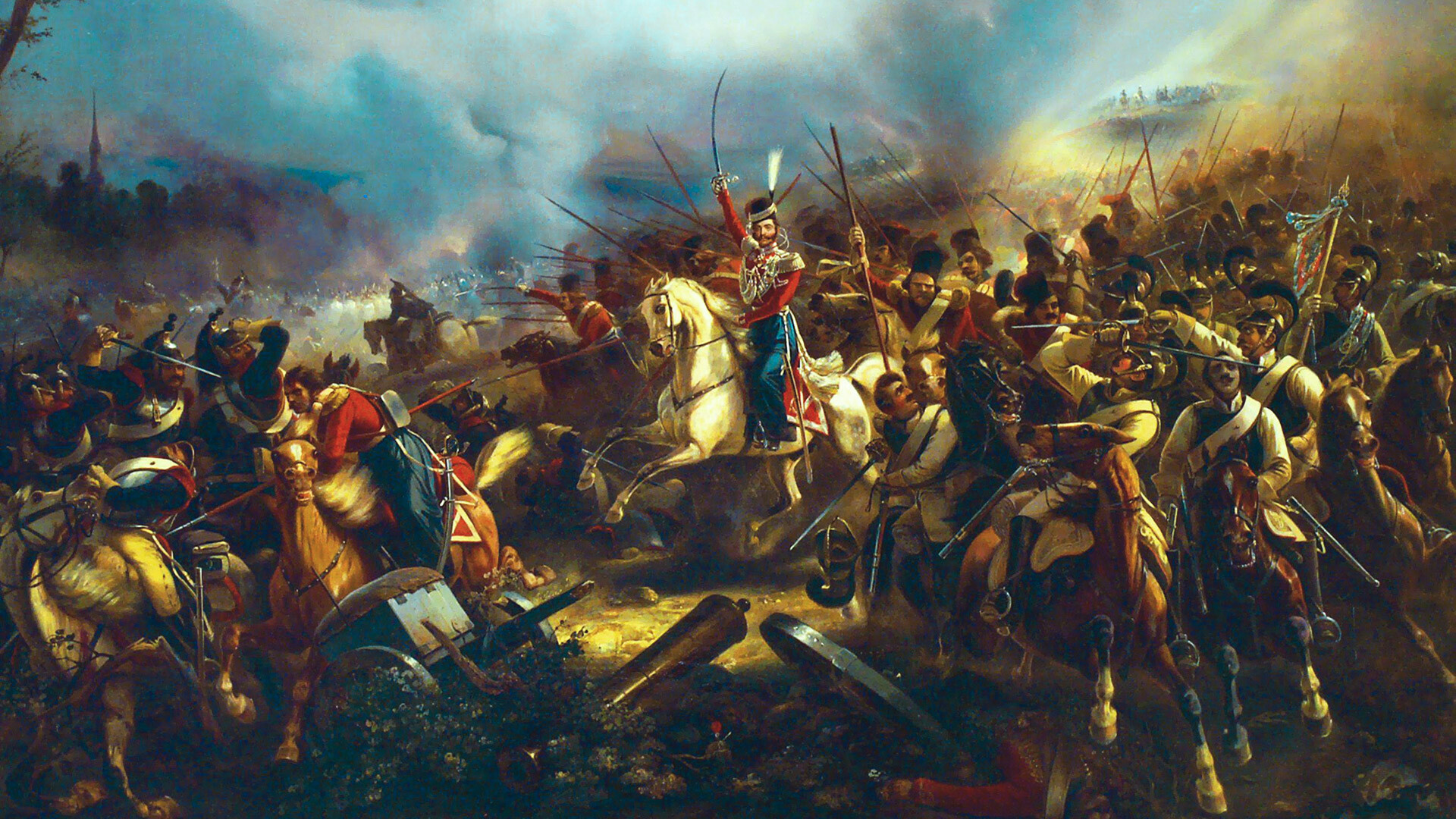
The Battle of Mir: How Russian Cossacks crushed Napoleon’s Polish uhlans
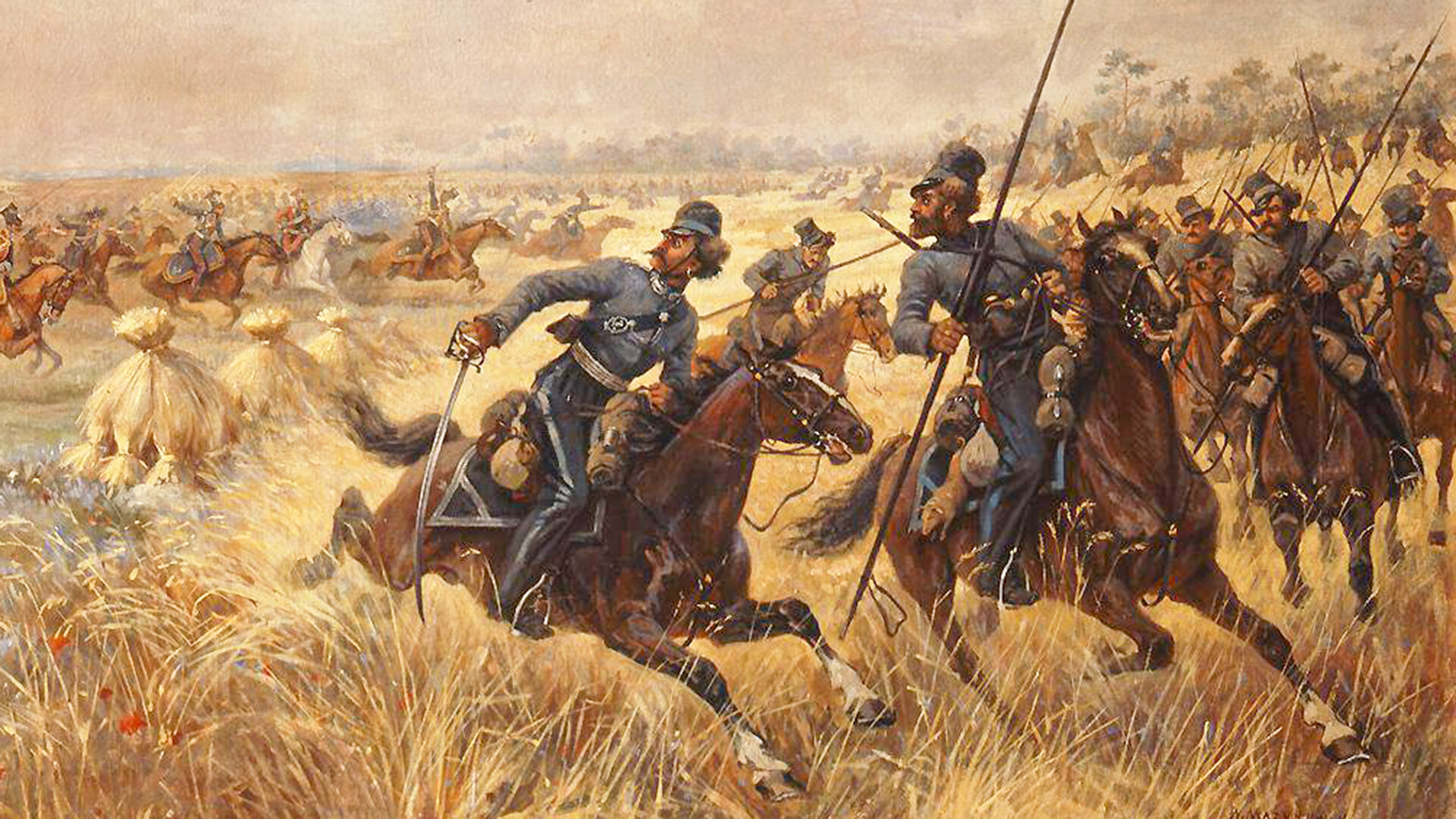
On June 24, 1812, the army of Napoleon Bonaparte breached the borders of the Russian Empire. Avoiding a major battle, two separate Russian armies began to retreat deeper into their own territory, intending to join forces later. Their retreat was covered by lightly armed, but extremely mobile, Cossack detachments.
On July 8, with the forces of the emperor’s younger brother, King of Westphalia Jérôme Bonaparte, hard on his heels, Prince Pyotr Bagration, commander of Russia’s 2nd Army of the West, ordered Cossack Ataman Matvei Platov to take up positions near the settlement of Mir (in what is today central Belarus) and hold back the enemy for as long as possible to allow the main forces to put some distance between themselves and the French.
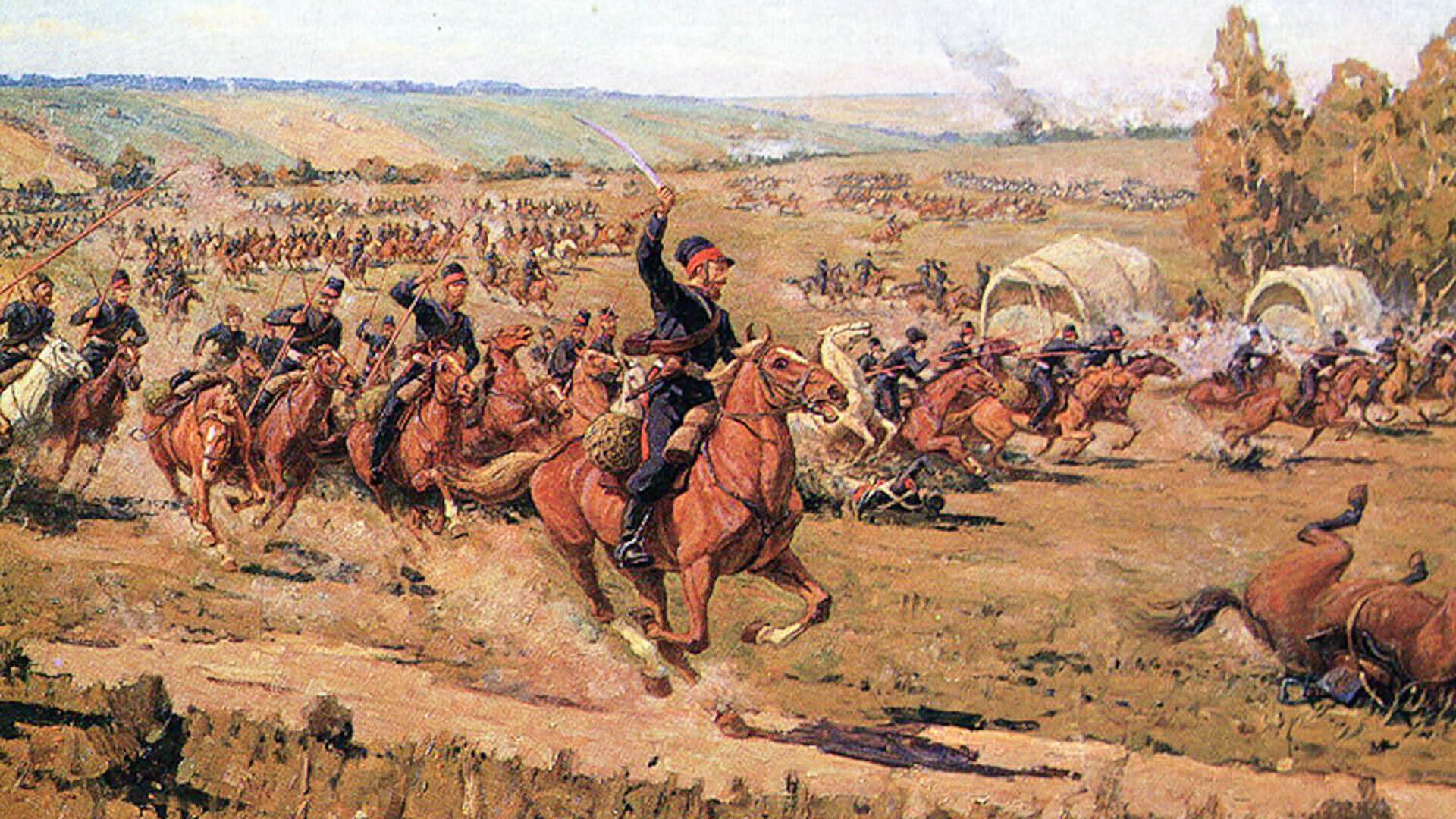 Raid of the Platov's Cossacks into the rear of the French army.
Raid of the Platov's Cossacks into the rear of the French army.
On July 9, near Mir, Platov’s cavalry engaged Polish uhlans of the 4th Light Cavalry Division of General Aleksander Rożniecki, who were advancing in the vanguard of the French troops. Thus began a battle that brought the Russian army its first major victory in the war.
Ambush
The Poles in Napoleon’s multinational ‘Grande Armée’ were among his most loyal soldiers - they were pinning their hopes on the French emperor for a restoration of their state to its historical pre-1772 borders, as had existed prior to the first partition of the Polish-Lithuanian Commonwealth.
The Cossacks and uhlans had encountered each other before. On June 23, on the eve of the ‘Grande Armée’s’ full-scale invasion of the Russian Empire, 300 Poles had crossed the River Neman on the border to carry out a reconnaissance. There they were immediately attacked by a Cossack patrol, which withdrew after a short battle.
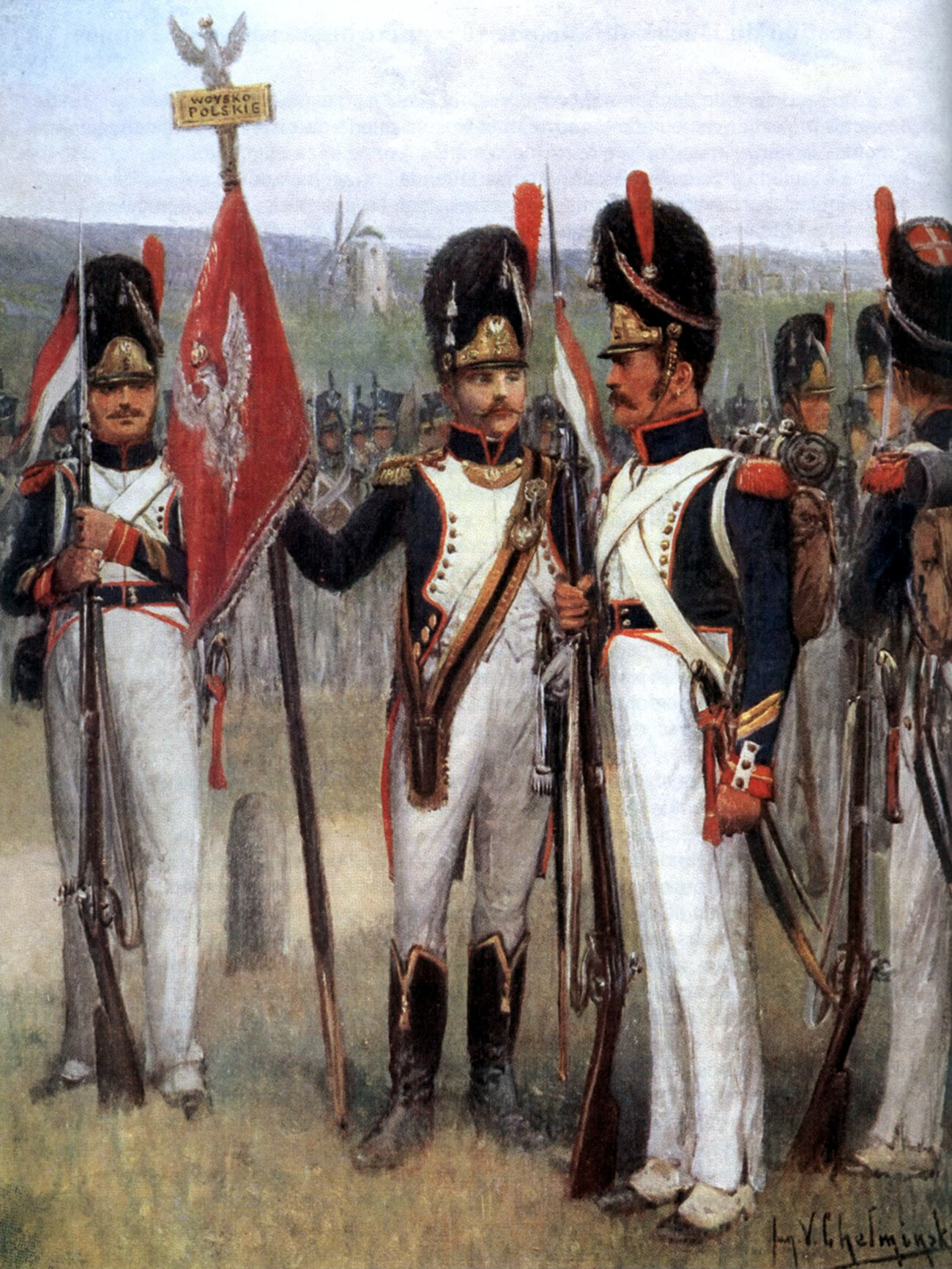 Soldiers of the 5th Infantry Regiment of the Duchy of Warsaw.
Soldiers of the 5th Infantry Regiment of the Duchy of Warsaw.
This time Platov decided to employ a favorite Cossack tactic known as the ‘venter’ (‘hoop net’) against the foe. Sending a small detachment towards the enemy, he hid several units in woods at the sides of the road, while he, himself, lay in wait near Mir with the main force.
Having spotted the enemy, the Cossacks, who were acting as bait, did not give battle, but began to retreat towards Mir, luring the pursuing uhlans into following them. There, the Poles were met by Platov’s forces, which outnumbered them many times over. And the Cossack units waiting in ambush closed the trap. In the end, just over a thousand or so Polish cavalrymen had to repel an onslaught by three thousand Cossacks.
Panic and stampeding broke out among the uhlans when they were attacked from all sides. Their comrades-in-arms, who were just approaching the battlefield, came to their rescue, but they, too, were driven back by the Cossacks. Having lost over three hundred uhlans dead or wounded, the enemy retreated from Mir. Platov’s own losses amounted to several dozen men.
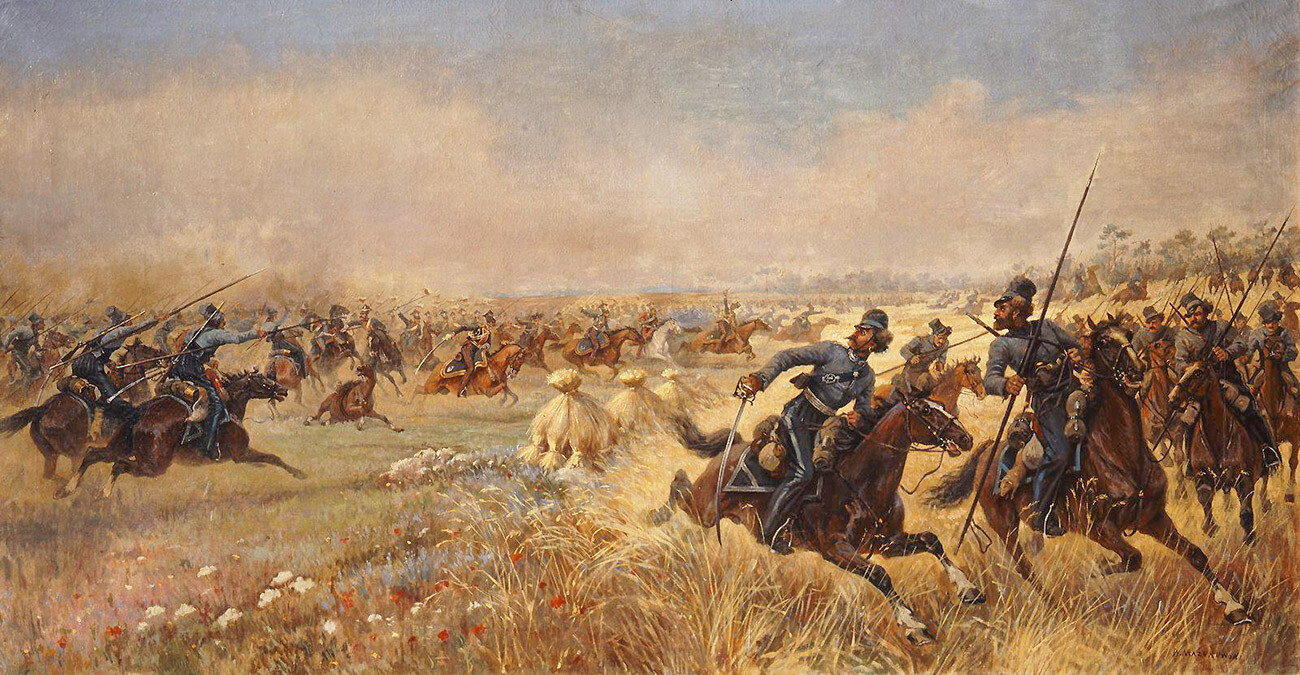 The Cossacks case of Platov near Mir on July 9, 1812.
The Cossacks case of Platov near Mir on July 9, 1812.
“I am reporting victory, albeit a small one, but not that small after all because it is not over yet, I am still pursuing and engaging the enemy…” the Ataman wrote to Bagration. “We have taken many prisoners, but there has been no time to count them and make a report. So far, our losses, thanks be to God, have been low because we didn’t exchange fire with the enemy, but concertedly used our ‘drotiki’ (literally ‘darts’ or ‘avelins’, the Cossack word for lances) and, thus, quickly overwhelmed the enemy, giving them no time to organize return fire.”
The rout
During the night, both sides received reinforcements. In the morning, Platov intended to repeat his ambush trick, but the enemy, taught by bitter experience, was more circumspect this time. Rożniecki occupied Mir after it was abandoned by the Cossacks and began to advance cautiously in a southeasterly direction towards the town of Nesvizh to which Bagration’s 2nd Army of the West had withdrawn.
Platov continued to cover the retreat of the main forces. He attacked the 7th Uhlan Regiment, which had been sent on a reconnaissance mission and, soon, what started as a small skirmish, turned into a large-scale battle which both sides stoked with reserves as soon as they arrived. In addition to the Cossacks, the Kiev Dragoon Regiment and the Akhtyrka Hussar Regiment also fought on the battlefield against the Polish uhlans.
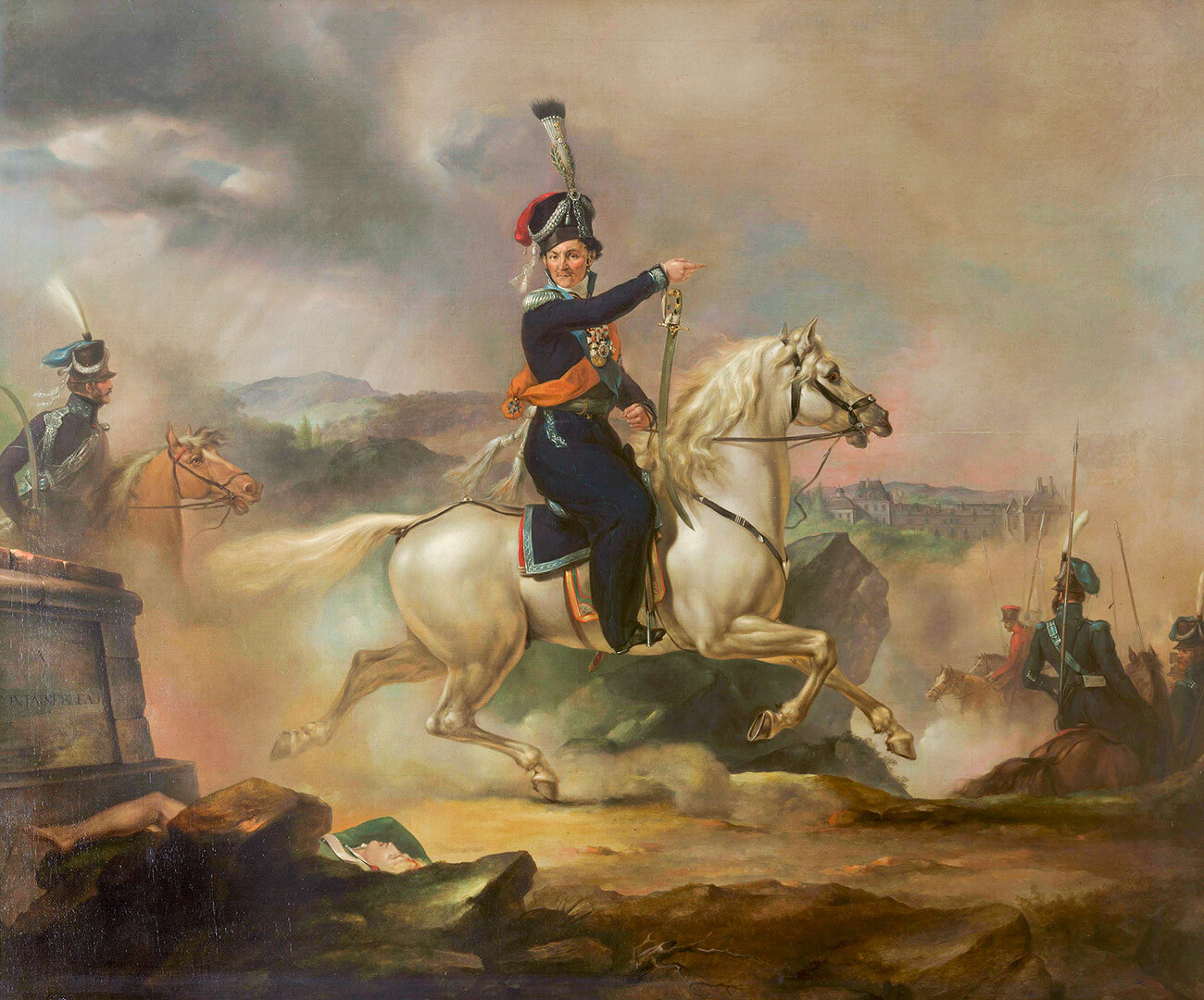 Ataman Matvei Platov.
Ataman Matvei Platov.
“The regiments were so mixed up in the dust on the plowed field that the billowing dust looked like one solid cloud flung skywards,” recalled Wachtmeister (Sergeant-Major) of the 7th Uhlan Regiment Dmochowski. “The foe could not distinguish between their own men and the enemy. Everyone cried ‘Hurray! Hurray!’ Finally, some shouted ‘Naprzód’ (‘Forward’ in Polish) and others ‘Vperyod’ (‘Forward’ in Russian) and, only then, could they tell each other apart. However, in their cramped columns, they could neither use their firearms nor wield their bladed weapons; but, wasting no time, like peasants, they pounded each other on the sides of their bodies with their fists and used the flat of their hands against each other’s necks, but not before the wind had dispersed the dust a little.”
The outcome of the battle was decided when a Cossack brigade (3,500 sabers) under General Dmitri Kutejnikov struck at the enemy’s flank. Unable to hold back the onslaught, the uhlans fled. The failing light and the arrival of reinforcements saved them from a complete rout. About six hundred Polish cavalrymen were left lying on the battlefield, while Platov’s losses were estimated at fifty dead and a hundred wounded.
The successful actions of the Cossacks delayed the advance of the French forces, allowing the 2nd Army to shake off its pursuers and withdraw to join Barclay de Tolly’s 1st Army of the West. “This most brilliant affair, which somewhat cooled the fervor of the Polish cavalry, gave Prince Bagration greater freedom of movement,” remarked General Alexander von Benckendorff.
 Who will win? A duel between a Don Cossack and a Polish uhlan.
Who will win? A duel between a Don Cossack and a Polish uhlan.
Napoleon, who had intended to defeat the Russian armies one by one, was enraged by the defeat at Mir. Not least because of it, the Emperor’s brother soon lost his command and returned to Westphalia. In turn, the Cossacks’ success prompted unprecedented enthusiasm among the Russian troops and strengthened the soldiers’ belief that victory in the war would ultimately be theirs.


